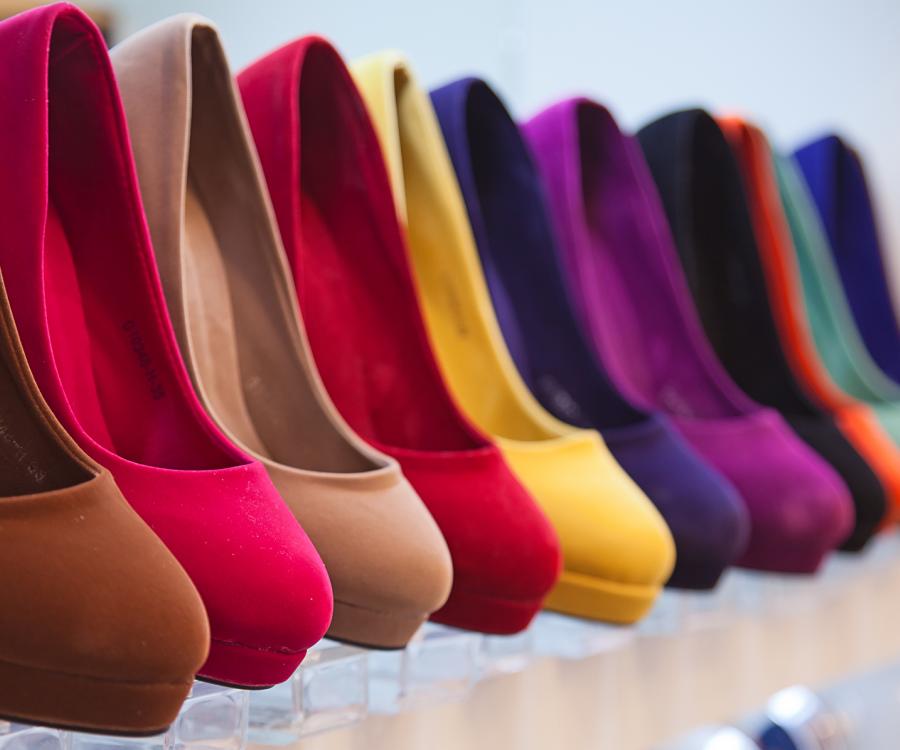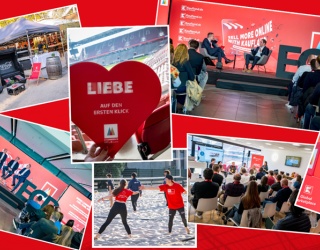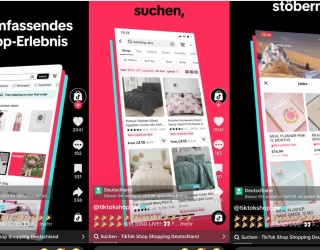
Lidl’s Esmara by Heidi Klum range has lived up to expectations and paves the way for material growth through clothing for the discounters. Within the discount channel* clothing is the most under-penetrated sector, holding only a 0.6 percent share or £334m of the total UK clothing market. Improvement in the perception of the discounters, impulse purchasing from existing consumers, and undercutting existing value retailers on price will see market value rise to £643m in 2022 according to GlobalData’s discounters report.
The c.40 piece range in sizes 8-18 is based around leopard print, cobalt blue, black and white and will be available until stock sells out. The #LETSWOW social media campaign for the Esmara by Heidi Klum range has been highly successful, garnering mass interest and building up expectations to the point of people queuing outside of their local Lidl this morning to be one of the first to buy designer endorsed clothing at affordable price points – something we are more familiar with seeing at Topshop or H&M, and not at a food & grocery specialist.
Suede shoes and jackets are in the product offering, with a suede biker jacket costing just £49.99 when competitors will offer similar products for upwards of £80. How is Lidl making any money on this range? The collection is being launched across Lidl’s European store estate, so high volumes has created a scale advantage, benefiting margins. Additionally, items are on shelves in boxes, and customers are not allowed to take the items out of their boxes. As a result, existing store fixtures could be used and no extra staff have had to be bought in to merchandise and tidy the collection. Therefore the clothing offer fits easily into the supply chain, keeping costs low. Higher average selling prices versus grocery or household goods will also benefit space productivity.
Lidl’s more serious entry into the clothing market follows Poundland’s acquisition of Pep&Co. Discounter clothing is both a threat to the existing clothing market, albeit small until they gain momentum and consumer trust in collections, and a way to drive organic clothing sales growth. Clothing at the discounters undercuts the value clothing providers such as Primark on many items, and thus will precipitate switching away from the value retailers, particularly among the discounters’ current shopper base. With over 60% of UK consumers shopping at a discounter in 2017, the potential customer base for discount clothing is substantial.
Lidl has used the same strategy on its clothing line as it does with its groceries. Staple items such as £9.99 jeans, £5.99 blouses, and £9.99 pencil skirts sit alongside items with a luxury feel such as £12.99 sequin blazers, £19.99 leopard print trench coats, and £19.99 cobalt suede court shoes. The poles of useful and cheap versus lavish but still good value plays into the dichotomisation of consumer demands that we have seen in retail over the last few years. Consumers want good value basics alongside the opportunity to indulge themselves with a treat which does not break the bank.
Clothing is more compatible with the discount model than it appears at first glance, particularly in the way that Lidl has approached its Esmara range. The celebrity collaboration creates anticipation and a feeling of exclusivity away from the discount reputation of a store, and Lidl’s choice to focus on bold prints and colours was risky but it shifts the perception of the range more towards fast fashion than discount basics. In addition, the products are designed to maintain margins at low prices and fit in with the existing supply chain; and clothing adds another area for the discounters to grow sales and disrupt the mainstream market. Esmara might not be a threat to the clothing market now, but it will change consumer perception of discount clothing and taps into a niche which has been neglected so far.









